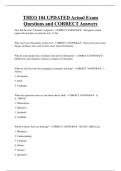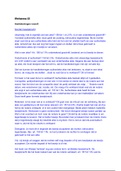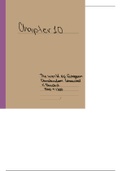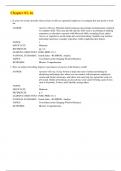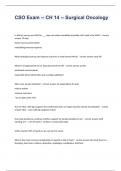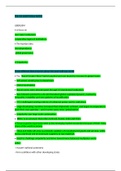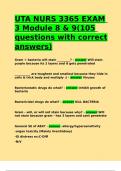Summary
Summary (9708) AS Level Economics notes - full syllabus 2022 edition
- Module
- Full syllabus (9708)
- Institution
- CIE
A full set of notes for AS Economics 2022 examination specifically. This file includes notes for: Micro: Scarcity, choice and opportunity cost Positive and normative statements Factors of production Resource allocation in different economic systems and issues of transition Production possib...
[Show more]




